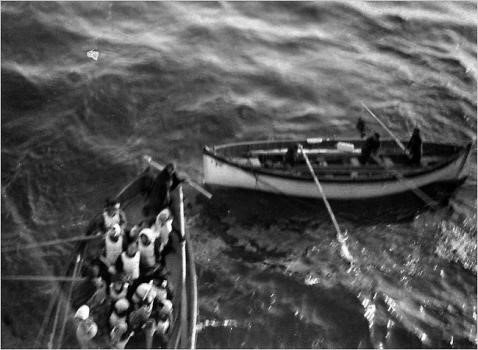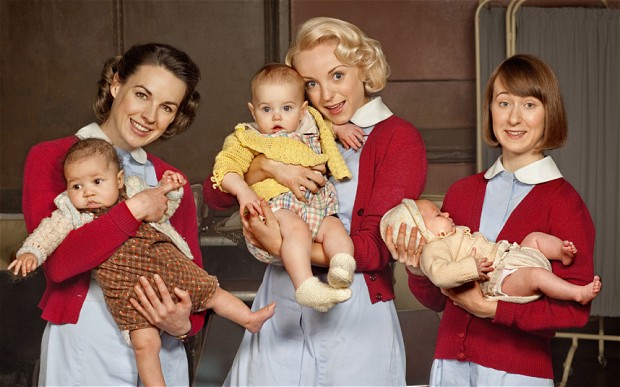 April 15th was the 104th anniversary of the sinking of the RMS Titanic. That day in 1912, some 1,514 people perished in the frigid waters of the Atlantic. That is tragedy enough but 468 of those 1,514 people drowned entirely needlessly. There were exactly 468 empty seats in the lifeboats launched from the Titanic.
April 15th was the 104th anniversary of the sinking of the RMS Titanic. That day in 1912, some 1,514 people perished in the frigid waters of the Atlantic. That is tragedy enough but 468 of those 1,514 people drowned entirely needlessly. There were exactly 468 empty seats in the lifeboats launched from the Titanic.
Perhaps it is not so easy to count the avoidable deaths in today’s refugee crisis. But a clear analogy can be drawn. The wealthy States of 2016 represent a lifeboat for the forcibly displaced. How many lives are lost every day, as a result of States’ failure to respond adequately to the current refugee crisis? Many States have the capacity, but lack the leadership to accept and protect more refugees, leaving empty seats in the lifeboats. The developing world shoulders a disproportionate share of the responsibility to protect refugees. Wealthier states can and must do more.
Canada has been rightly commended for resettling 25,000 Syrian refugees between November 2015 and March 2016. This is an important accomplishment that will make a tremendous difference in the lives of these 25,000 new permanent residents of Canada. It will also enrich the lives of the thousands of Canadians who are contributing to the resettlement effort.
The United Nations High Commissioner for Refugees (UNHCR) has called Canada’s contribution “extraordinary,” and it is. Not because of its magnitude in the global context: the UNHCR has estimated that in the current crisis, over 1,150,000 vulnerable refugees require resettlement. Canada has helped only 2% of those in urgent need right now. Neither is Canada’s resettlement effort extraordinary because of its magnitude at home: Canada hosts only about 4 refugees per 1,000 population. Compare this to the contribution of Lebanon, which hosts over 200 refugees per 1,000 population. In Lebanon, one in every four or five people is a refugee!
Our contribution is extraordinary because even as Canada sails to the rescue of these few, many States are rowing in the opposite direction. Although the United States of America historically has resettled about 85,000 refugees each year, the hurtful rhetoric currently being used in the presidential primaries prompts the question: how long will that policy last? Thus, the leadership of Canada is quite timely and patently necessary.
Amnesty International has proposed a 2016 Human Rights Agenda for Canada, outlining several policy recommendations to protect the rights of refugees and migrants. Amnesty is also collaborating on the Refugees Welcome Here! Campaign with the Canadian Council for Refugees. Here are three ways that the campaign partners assert Canada can continue -- and expand -- its leadership on refugee protection:
- Reunite refugee families;
- Recognize refugees, respecting non-discrimination principles; and
- Resettle more refugees.
● Reunite refugee families
Canada should introduce Express Entry family reunification for refugee families so that children are reunited with their parents in 6 months or less. The current waiting time for these children is staggering: 3 years. Furthermore, Canada does not expedite processing of family members, even when children are living in a country at war.
 Arash is just six years old. He has been waiting over 2 years in Afghanistan to reunite with his parents, who were recognized as refugees in Canada in 2013.
Arash is just six years old. He has been waiting over 2 years in Afghanistan to reunite with his parents, who were recognized as refugees in Canada in 2013.
● Recognize refugees, respecting non-discrimination principles
Canada should eliminate the Designated Countries of Origin (DCO) regime in its refugee determination system. Refugee claimants from DCOs must counter a presumption that their country is “safe.” Their process has shortened timelines that do not afford claimants a fair and reasonable opportunity to prove their claim. This discriminatory treatment particularly affects Roma, women fleeing gender-based persecution and LGBT refugees.
In July 2015, the Federal Court of Canada ruled that the DCO regime violated the Canadian Charter of Rights and Freedoms because it discriminated against refugee claimants on the basis of national origin. Yet aspects of the regime remain in place.
● Resettle more refugees
Canada should open the door to refugees from around the world by sustaining the increased resettlement numbers and resolving the restrictions and delays that have been undermining private sponsorship. Canada can and should commit to resettling 20,000 Government-Assisted Refugees each year. Moreover, Canada should improve the very slow processing times for private sponsorship:
- The average processing time is 51 months.
- Processing times are truly glacial in parts of Africa, reaching nearly 70 months in Nairobi, Kenya.

he eyes of the world are on Canada, with its unique measures supporting refugee protection. There is a role, both for government and for individuals to continue this leadership. Will you make a personal commitment to be a part of refugee protection in Canada? Please take the Refugees Welcome Here! Pledge. The greater the number of pledges taken, the stronger our evidence of Canadians' support for refugee protection and the greater the likelihood we can effect positive changes in Canada’s refugee policy. Together, Canadians and our government must do our part to ensure that there are no more empty seats in lifeboats.
Used with Permission
Guest Blogger: This article was written by Christine Harrison Baird and is part of the Refugees Welcome Here! Campaign, a collaboration between the Canadian Council for Refugees, Amnistie internationale Canada and Amnesty International Canada. The pledge and a wealth of campaign materials are available at: http://www.refugeeswelcomehere.ca/.
 Many people have been taken with the British series, Call the Midwife, which chronicles the experience of a group of Anglican nuns and their protégées in the poorest quarters of London during the 1950’s. Their special gift was to help bring new life into the world with large doses of compassion and savvy that made them realise the causes of poverty.
Many people have been taken with the British series, Call the Midwife, which chronicles the experience of a group of Anglican nuns and their protégées in the poorest quarters of London during the 1950’s. Their special gift was to help bring new life into the world with large doses of compassion and savvy that made them realise the causes of poverty.






